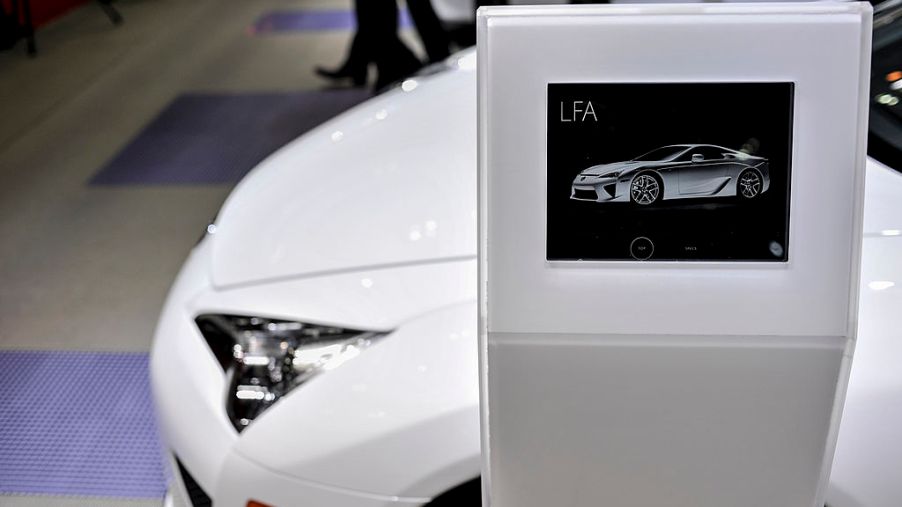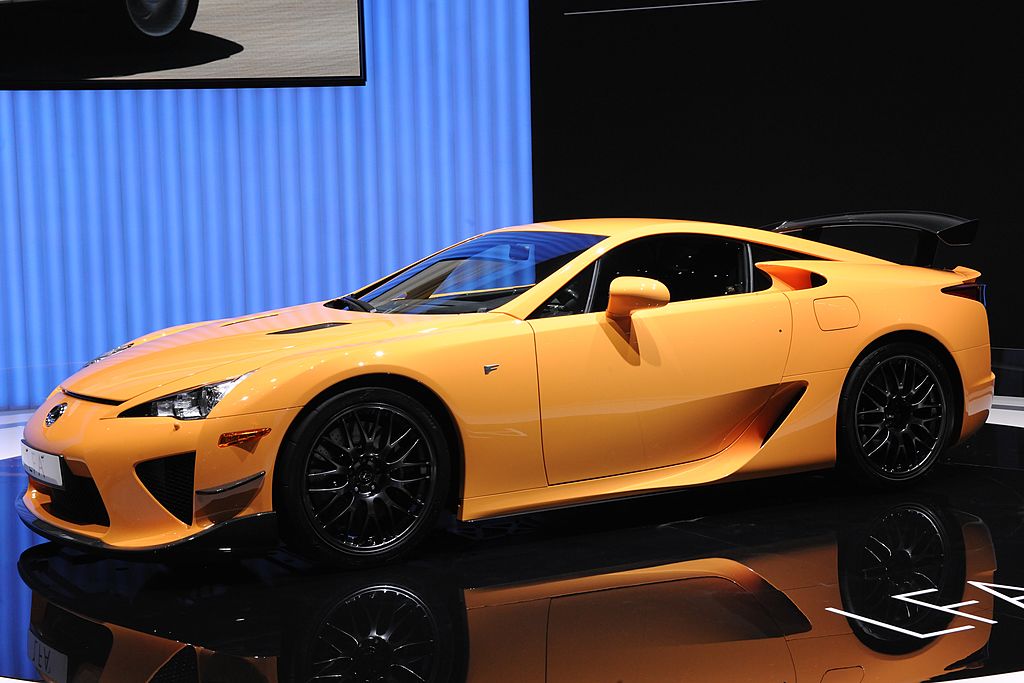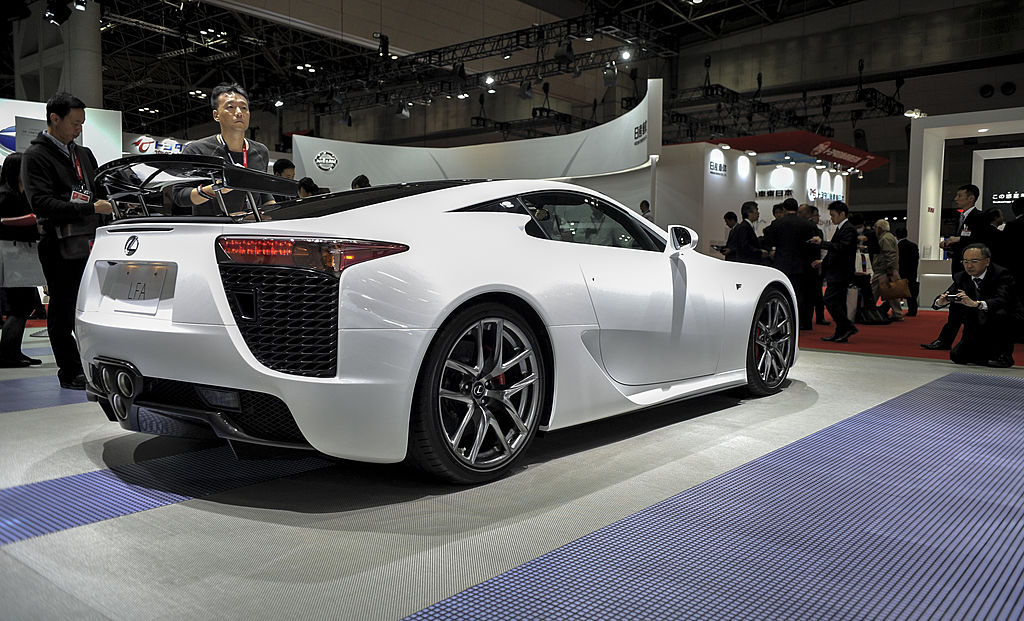
How The Forgotten Lexus LFA Compared To Other Supercars Of The Time
To the average driver, you may not have even realized that Lexus produced a supercar. The Lexus LFA almost seemed to have been forgotten by a world of supercars dominated by Lamborghinis and Ferraris, but how did it actually compare to these more popular cars?
High price for the LFA
One thing that pushed the Lexus LFA out of the ring for miss popularity was the price. Unfamiliar with the supercar game, Lexus spent an extensive amount of money on developing and styling their flagship supercar, and these costs were well-reflected by the car’s sticker price. From the start, the Lexus LFA was well-over priced, and it beat out even their most expensive cars by a good margin.
The original sticker price for the car set buyers back a shocking $375,000 bringing it deep into the high-end supercar territory. For what you could buy a well-specced Lamborghini Huracan Evo the team and Lexus sure seemed to jump the gun on pricing.

The Lexus does have one thing going for it: it has low production numbers. The LFA was only in production for two years, from 2011 to 2012, and in that time only 500 cars were actually produced.
Like many other supercars contending to prove their price, the LFA took to the track to show it’s true performance abilities. Because of this, Lexus pushed an appropriately named Nürburgring package for the LFA, which cost $445,000 and included an updated aerodynamics package. Lexus claims the last 50 cars produced had this package.
Power and performance
The Lexus LFA wasn’t without power and performance, and while it didn’t quite make the splash in the supercar world the designers and engineers may have hoped, the LFA could hold its own against many other supercars of the time.
Under the hood of LFA is a 4.8L V10 engine which is disappointingly front-mid mounted, as opposed to the popular mid-engine and rear-engine mounting that helped many other supercars handle better. The engine produced 553hp from the factory, which made it a decent competitor amongst the generation’s supercars.
The Lexus has been tested directly against other popular supercars of the same year, including the Nissan GT-R, the Porsche 911 Turbo GTS, and the Ferrari 590 GTO. In all tests, the LFA managed to keep up or surpass the performance of these more popular supercars.

It wasn’t offered in an all-wheel-drive option but it did have a pretty stable rear-wheel drive with 354 lb-ft of torque. The LFA could go from 0 to 60mph in 3.6 seconds using the car’s automated launch control options and had a top speed of just over 200mph.
The Lexus LFA might have been a forgotten gem, and it might have also been overpriced, but it did stack up against other supercars of the time. With low production and great performance numbers, the LFA wasn’t a bad supercar for its time.


